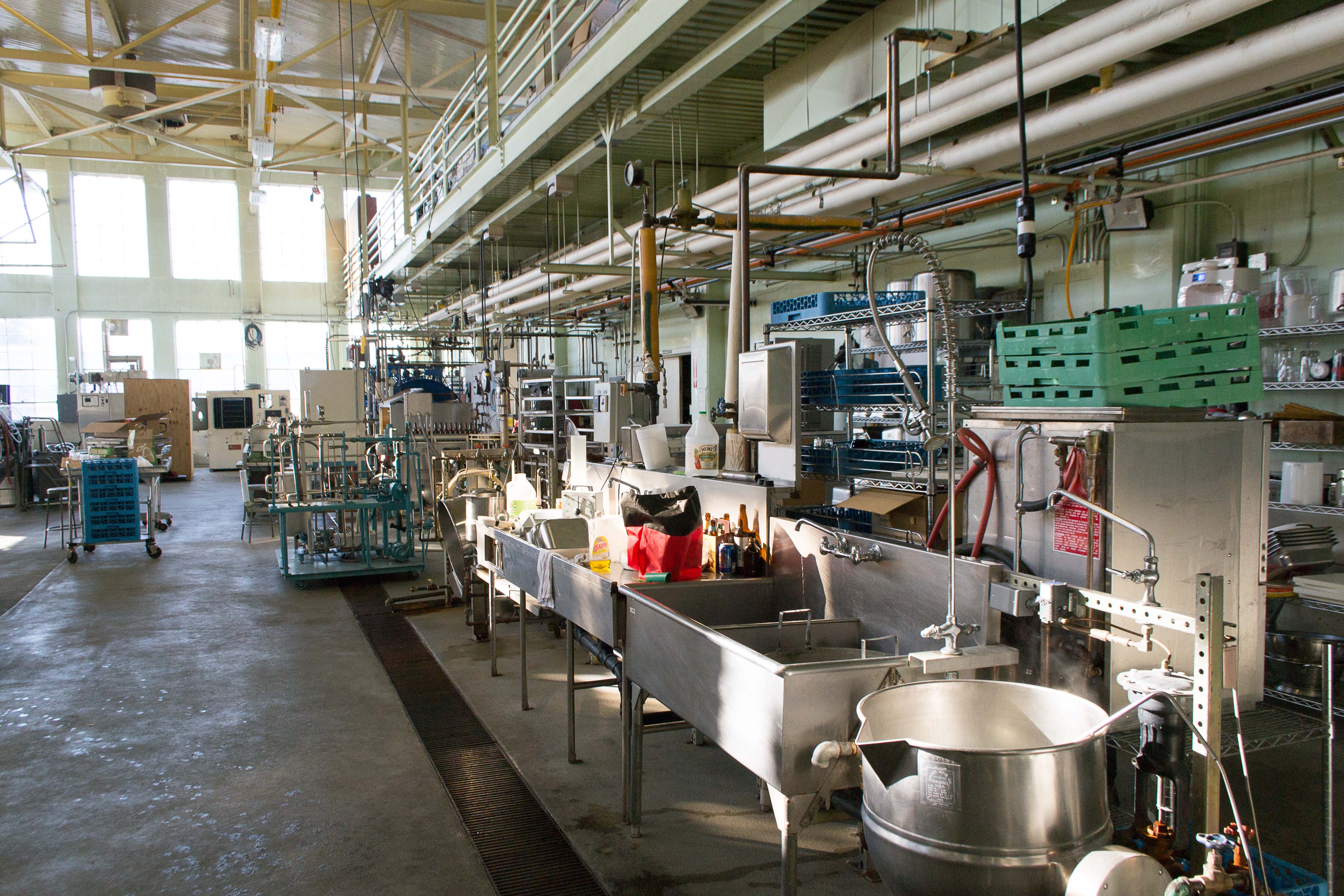
Photo from academic.microsoft.com
ABSTRACT The low stability of anthocyanins limits their use in industry, which can be surpassed by gliadins linkage. This work was aimed to study the anthocyanins-gliadins bonding properties. HPLC-DAD-ESI-MS2 analysis… Click to show full abstract
ABSTRACT The low stability of anthocyanins limits their use in industry, which can be surpassed by gliadins linkage. This work was aimed to study the anthocyanins-gliadins bonding properties. HPLC-DAD-ESI-MS2 analysis indicated that the main litchi pericarp anthocyanin (LPA) was cyanidin-3-glucoside-5-rhamnoside (C3G5R). Ultraviolet and fluorescence data revealed the presence of anthocyanin-protein complexes, with strong binding affinity by a combination of hydrogen bonds and van der Waals forces. The combination of C3G5R and gliadins changed its secondary structure. The scavenging effect of the anthocyanin-protein complex over 2,2-diphenyl-1-picrylhydrazyl was comparable to LPA alone. These results may broaden gluten usage to stabilize anthocyanins and so their use in the food, pharmaceutic, and cosmetic industries due to their potential use as colorants and antioxidants.
Journal Title: International Journal of Food Properties
Year Published: 2017
Link to full text (if available)
Share on Social Media: Sign Up to like & get
recommendations!